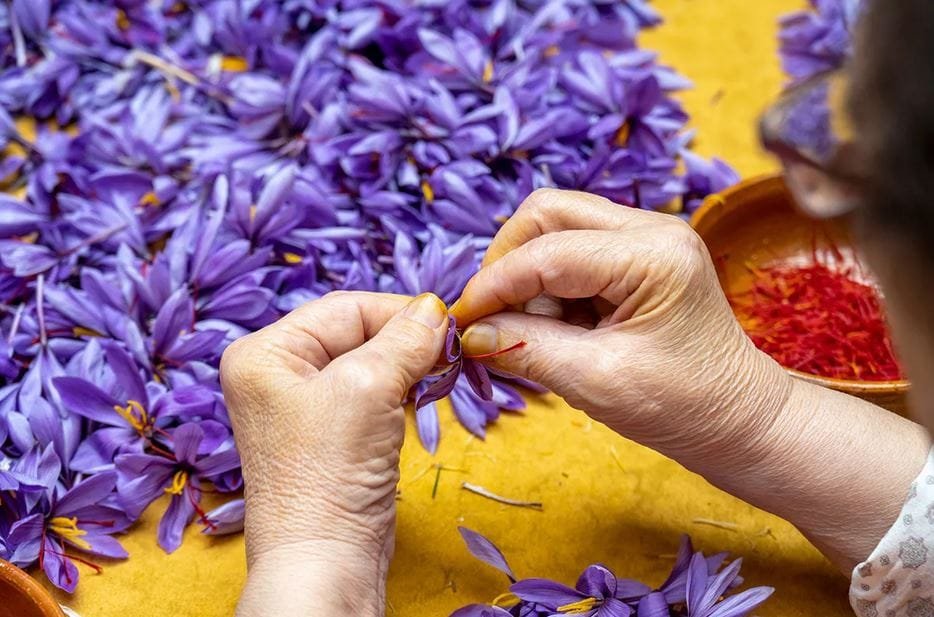 The Importance of Strengthening Saffron Bulbs
The Importance of Strengthening Saffron Bulbs
Strengthening saffron bulbs and enhancing their blooming power is crucial for obtaining a higher yield and better quality saffron. If you aim to harvest more saffron, you need to focus on nurturing the saffron bulb effectively.
In this article, we will share several methods to improve the growth and strength of saffron bulbs. Stay with us until the end to learn more.
What Are Saffron Bulbs?
Saffron bulbs are white and covered with brown, fiber-like layers. The key aspect to focus on is the health of the bulbs, not their weight. Depending on the type, greenhouse saffron bulbs weigh between 15 to 30 grams, whereas soil-grown bulbs weigh between 8 to 15 grams.
Key Factors in Strengthening Saffron Bulbs
Foliar Spraying
Two weeks after saffron irrigation, the bulbs lack roots and require essential nutrients to be provided through the leaves. This is why foliar spraying is conducted. It usually involves 2 to 4 stages to strengthen the mother bulbs effectively.
Irrigation
Proper irrigation is crucial for saffron bulb growth. The first stage occurs during planting, and the second stage must follow once the plant has bloomed to ensure sustained growth.
Fertilizers for Strengthening Saffron Bulbs
Various fertilizers are suitable for saffron bulbs, but an ideal fertilizer must contain necessary nutrients like mineral nitrogen, phosphorus, and potassium. Analyzing the soil type and regional climate will help determine the most appropriate fertilizer.
- Animal Fertilizer: Well-rotted cow manure and generite are often used. However, be cautious of their potential drawbacks by researching thoroughly before use.
- Chemical Fertilizer: Containing potassium, urea, and phosphate, these are mixed with the soil during the surface-breaking process.
Reasons for Stunted Saffron Bulb Growth
The size and growth of saffron bulbs directly impact blooming and yield. Identifying factors causing bulb shrinkage can help address the issue:
Weeds
Weeds with long roots absorb essential soil nutrients, hindering bulb growth. Remove weeds regularly throughout the cultivation process.
Soil Quality
Three soil-related factors can lead to bulb damage:
- Soil Salinity: Salty soil inhibits bulb growth. Conduct soil tests to ensure optimal conditions.
- Soil Texture: Ideal soil for saffron bulbs should be sandy or loamy. Excessively sandy or loamy soil will hinder bulb development.
- Soil Nutrients: A lack of essential nutrients in the soil can stifle bulb growth.
Bulb Planting Depth
Planting saffron bulbs at shallow depths prevents them from accessing essential nutrients and exposes them to weather fluctuations, affecting growth and blooming.
Final Thoughts
Strengthening saffron bulbs is a crucial step in boosting blooming and enhancing the overall saffron harvest. By following the proper guidelines and ensuring favorable conditions, you can maximize your saffron yield and quality.


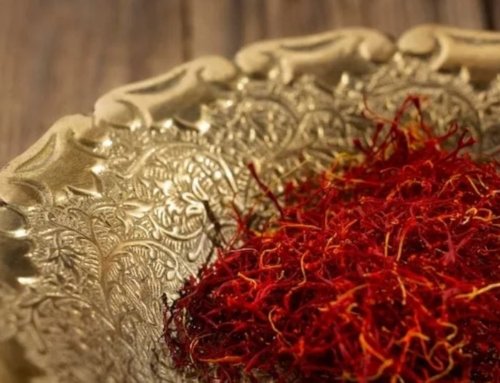
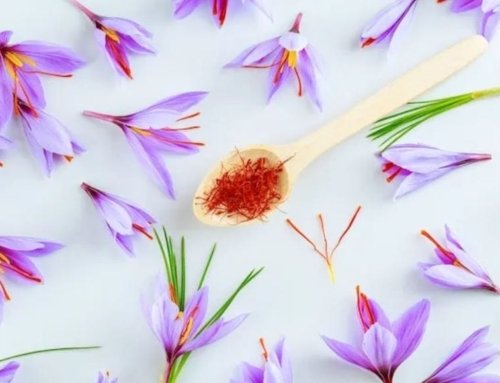

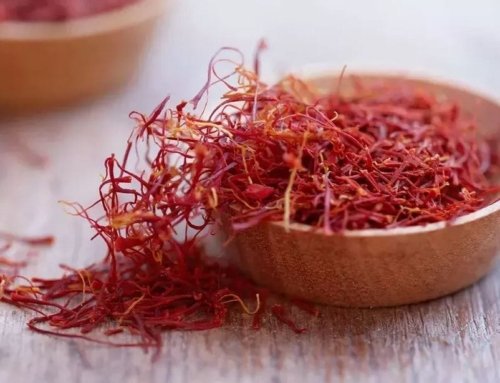
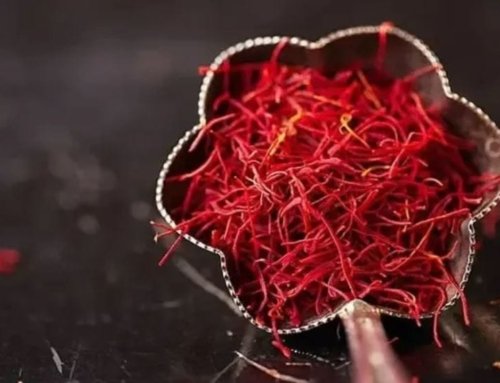
Get Social